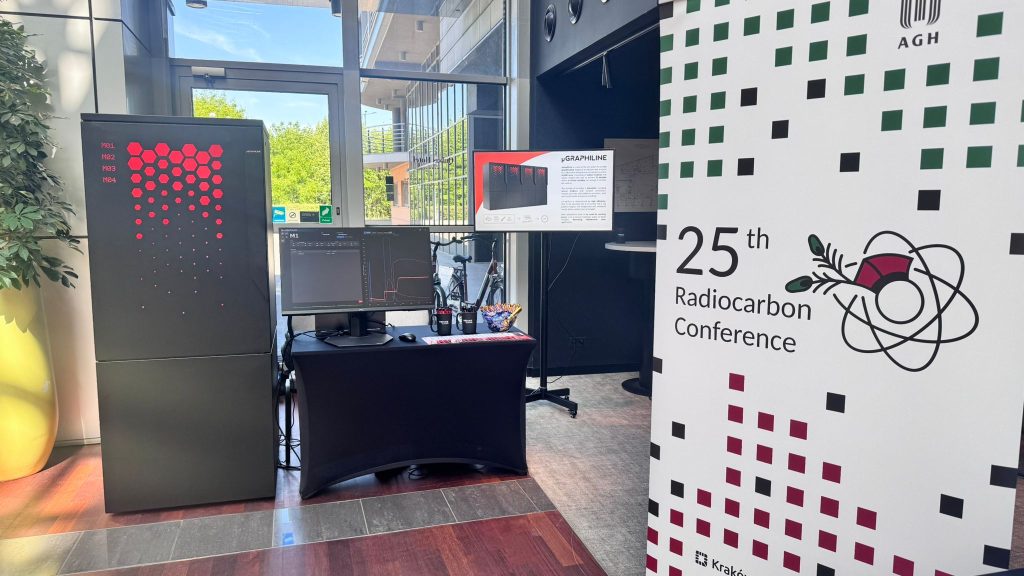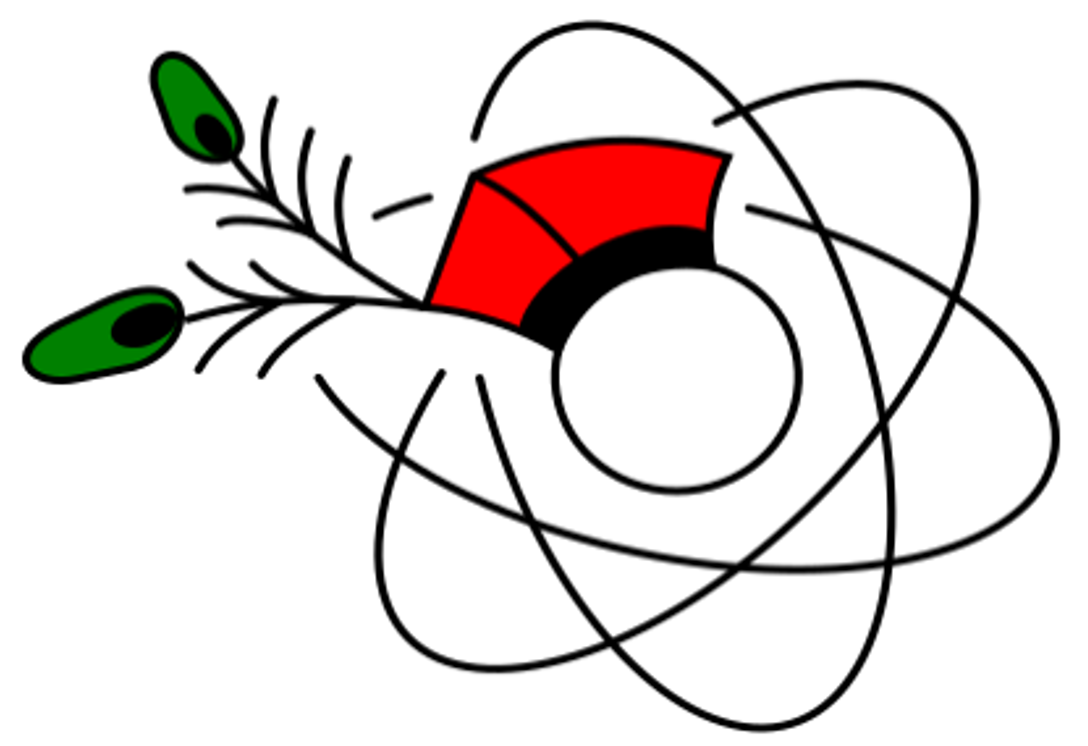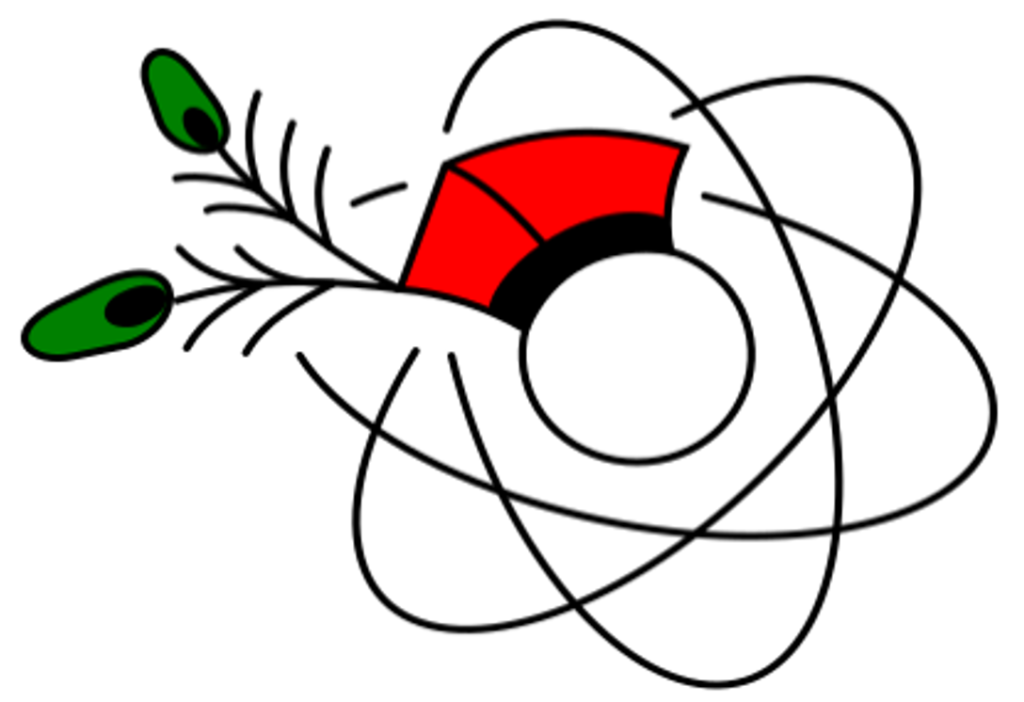Visit us at our stand at the 25th Radiocarbon Conference

You can now visit our stand at the 25th Radiocarbon Conference and see how μGRAPHILINE works in person! You can find us on the ground floor of the Qubus Hotel on the left-hand side of the Reception desk.
Do not hesitate to ask us any questions. See you there!
Radiocarbon, Kraków, Poland (29 Jun-4 Jul 2025)















